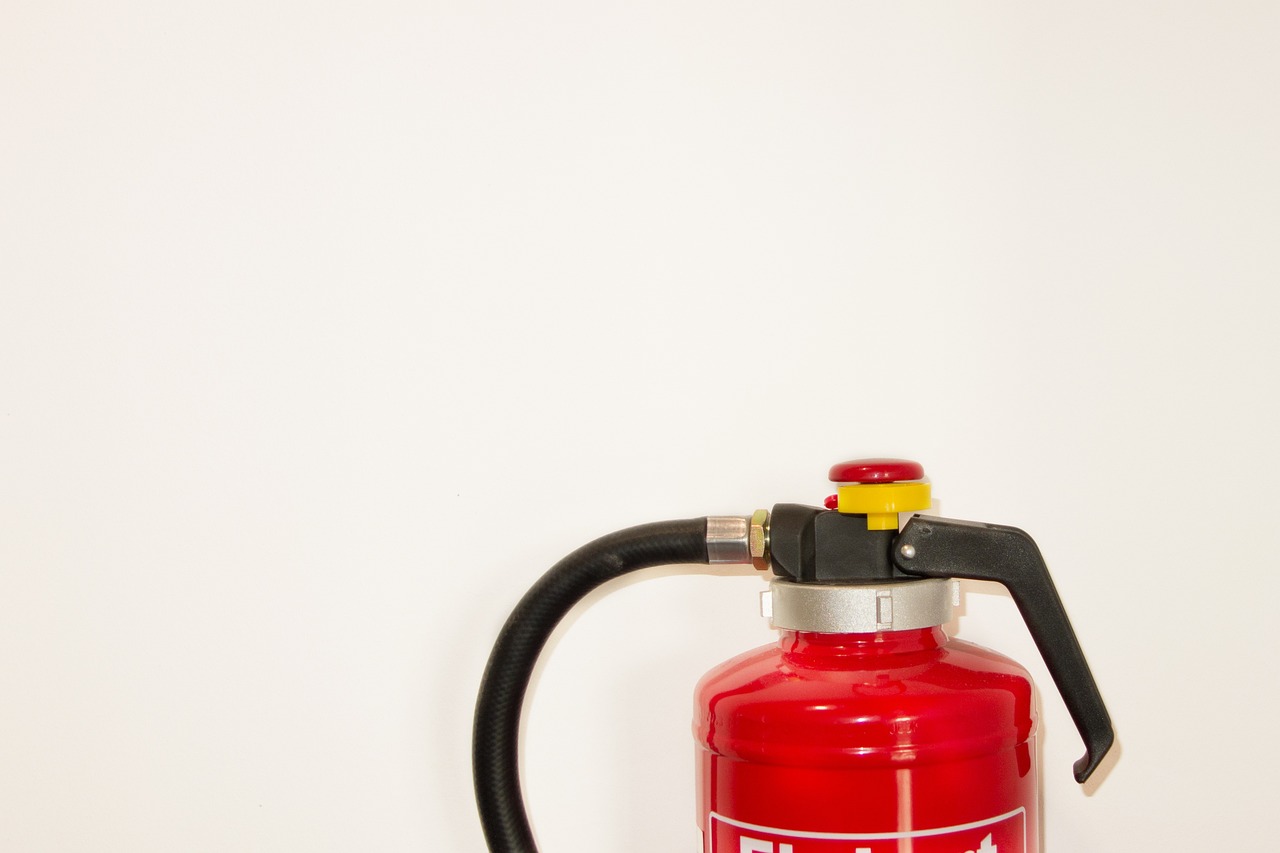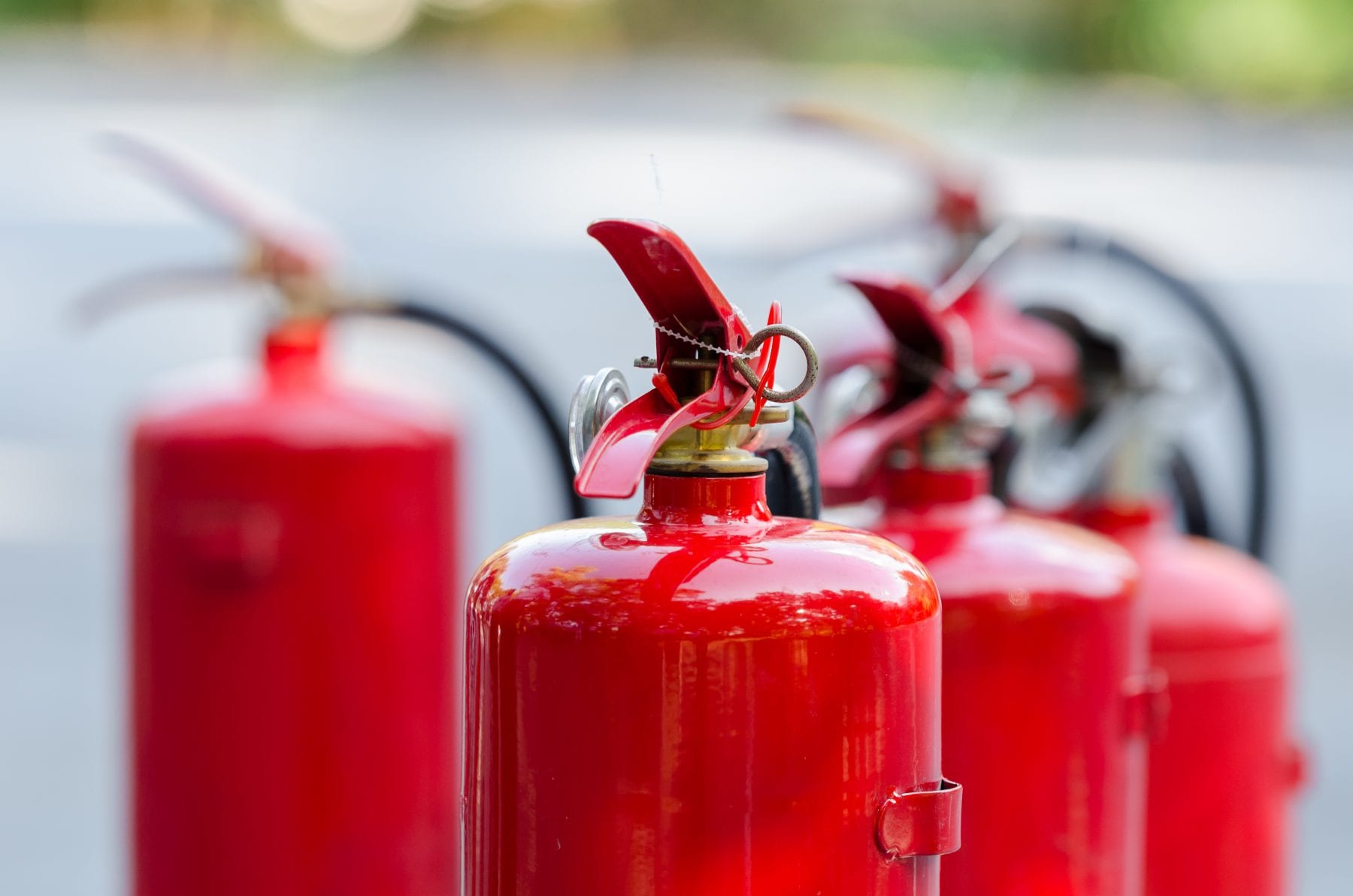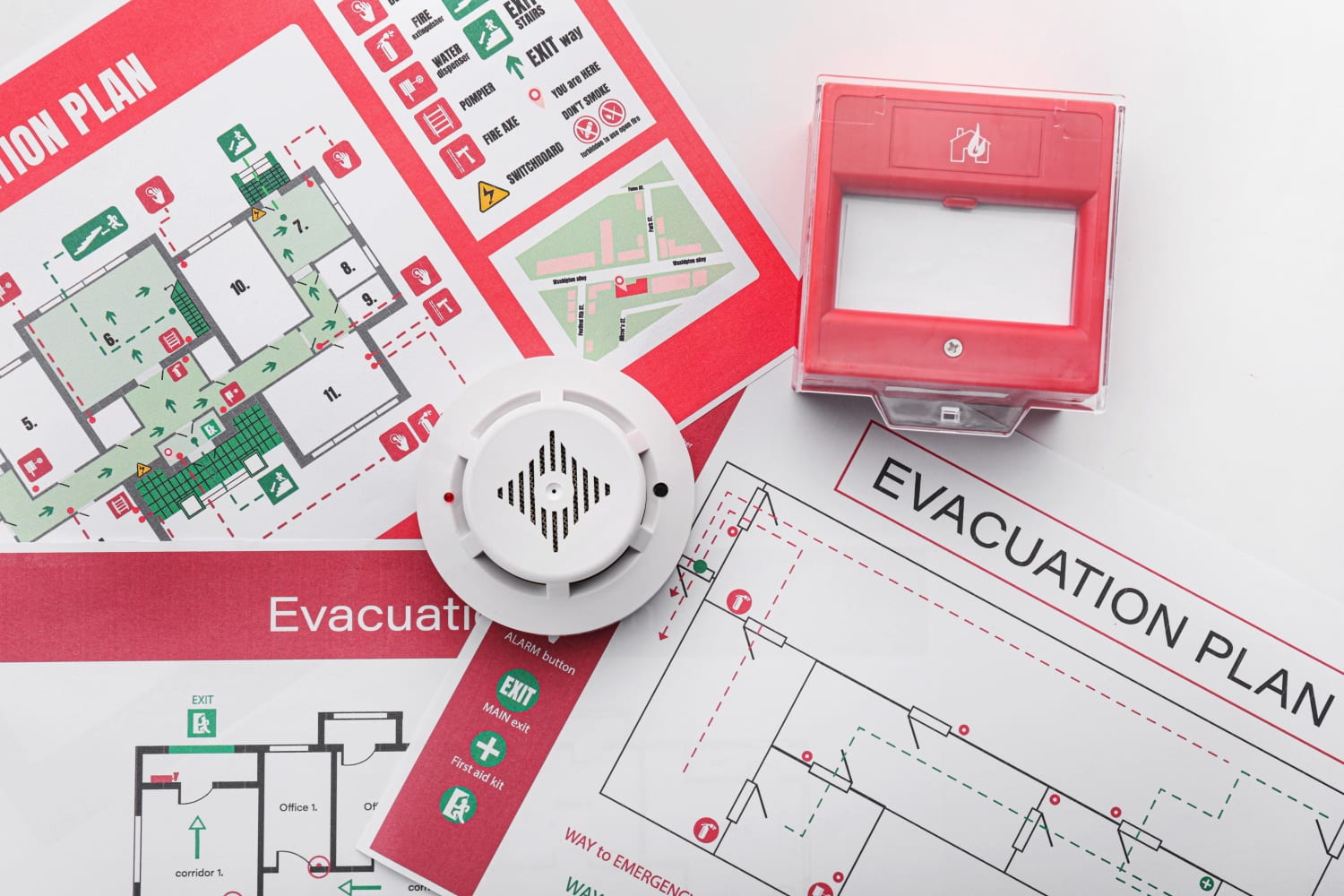
Fire extinguishers. Not the most glamorous objects in the world, perhaps. But when disaster strikes, they’re the unsung heroes—small red cylinders standing guard, ready to save lives and property. The catch? They only work if they’re properly maintained. And that’s where we come in.
At Swift: Fire & Safety, we’ve seen it all. Extinguishers long forgotten in dusty corners, corroded valves, faded instructions—accidents waiting to happen. So if you’re wondering how often should fire extinguisher be serviced, you’re not alone. It’s one of the most common (and most crucial) questions we hear. Let’s break it down.
The Basic Rule: Once a Year, Minimum
In the UK, fire safety regulations are clear: fire extinguishers must be serviced at least once a year by a qualified technician. This is a legal requirement under British Standard BS 5306-3, and it applies to all workplaces, public buildings, and rented properties.
That annual service isn’t just a box-ticking exercise. It involves a thorough inspection to check that:
The pressure gauge is in the correct range
There are no signs of damage or corrosion
The safety pin and tamper seal are intact
The hose is clear and secure
The extinguisher is located correctly and has visible, legible instructions
It’s like an MOT for your fire equipment. And just like a car, you really don’t want to find out something’s wrong after you need it.
Visual Inspections: Little and Often
While that full service is annual, you (or your designated fire marshal) should also carry out monthly visual checks. No need for a toolkit—just a pair of sharp eyes. Look for anything that seems off: missing tags, signs of leakage, or a blocked nozzle.
It’s a bit like checking the oil in your car. Quick, simple, and it can flag issues before they become problems.
Extended Servicing: The Five-Year Rule
Now here’s where things get serious. Every five years, most fire extinguishers require an extended service. This involves a deeper dive: the extinguisher is emptied, internally inspected, refilled, and re-pressurised.
For water, foam, and powder extinguishers, this is mandatory. For CO₂ extinguishers, the rules are slightly different—they undergo a hydraulic pressure test every ten years, since they operate at a much higher pressure.
You don’t have to keep a calendar reminder, though. That’s part of what we do at Swift. We track your servicing schedule and let you know when something’s due. No stress. No surprises.
Why Regular Servicing Matters
It’s easy to think of a fire extinguisher as a ‘fit and forget’ sort of item. But without regular care, even the best extinguisher can fail. Pressure can drop. Valves can seize. The wrong type of extinguisher might end up in the wrong place.
Worse still, if you’re a business owner and you skip that yearly service, you could be in breach of fire safety laws—potentially invalidating your insurance or facing a fine. Not worth the risk.
What You Can Expect from Swift
When you book a service with Swift: Fire & Safety, you’re not just getting a once-over. You’re getting:
Certified engineers with up-to-date training
Full documentation for your compliance records
Clear advice if replacements or upgrades are needed
A friendly face who knows their foam from their CO₂
We’re not here to overcomplicate things. We’re here to keep your premises safe, your people protected, and your responsibilities met.
So, How Often Should Fire Extinguisher Be Serviced?
To recap:
Annually, by a professional technician
Monthly, via in-house visual checks
Every 5 years, for extended servicing (10 for CO₂)
That’s the gold standard. And when you follow it, you’re not just complying with regulations. You’re building a culture of safety—one extinguisher at a time.
If you’re unsure when your equipment was last serviced or you’re ready to set up a maintenance plan, drop us a line at Swift: Fire & Safety. We’ll make it easy. We’ll make it right. And we’ll never leave you guessing.
Because in the world of fire safety, “probably fine” just isn’t good enough.





